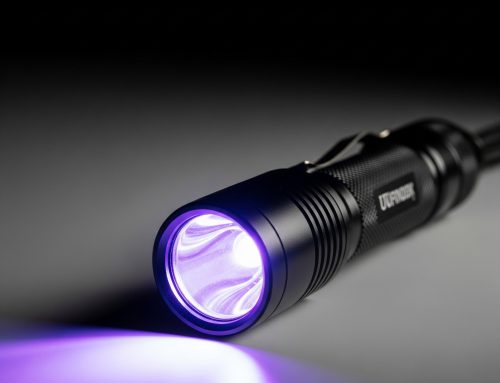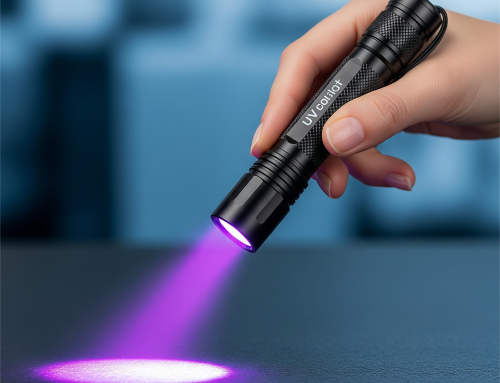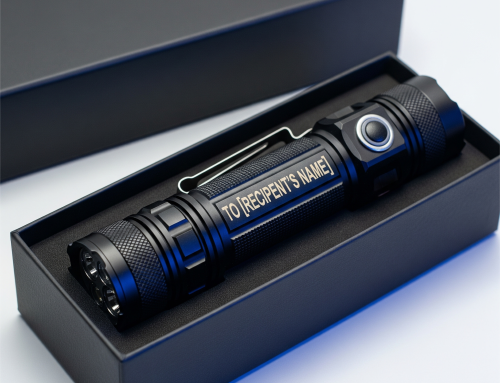Ultraviolet (UV) flashlights have found a niche in the field of geology, particularly in mineral identification and exploration. By illuminating minerals with UV light, geologists can observe unique fluorescence patterns that aid in mineral classification and discovery.
- Mineral Identification:?Many minerals fluoresce under UV light, emitting a range of colors. This property can be used to distinguish between different minerals, even those with similar appearances in visible light. For example, fluorite and calcite often exhibit bright fluorescence, while quartz may show a weaker or no response.
- Gem Identification:?Gemologists use UV light to help identify and grade gemstones. Certain gemstones, such as diamonds and rubies, exhibit characteristic fluorescence under UV light, aiding in their authenticity and quality assessment.
- Mineral Exploration:?UV flashlights can be used in the field to quickly identify potential mineral deposits. By scanning rock outcrops and mineral specimens, geologists can detect areas with high concentrations of fluorescent minerals, indicating the presence of valuable deposits.
- Cave Exploration:?In cave exploration, UV flashlights are used to reveal the presence of fluorescent minerals, such as calcite and aragonite, which can create stunning displays of color.
- Petroleum Exploration:?UV fluorescence can be used to identify organic matter in sedimentary rocks, which is a key indicator of the potential for oil and gas deposits.
Advantages of UV Flashlights in Geology:
- Portability:?UV flashlights are lightweight and portable, making them ideal for field work.
- Cost-effective:?Compared to other analytical instruments, UV flashlights are relatively inexpensive.
- Non-destructive:?UV examination does not damage mineral samples.
- Rapid analysis:?Mineral identification can be conducted quickly in the field.
Safety Considerations:
- Eye Protection:?Always wear UV-protective eyewear when using a UV flashlight.
- Skin Protection:?Avoid prolonged exposure of skin to UV radiation.
- Calibration:?UV intensity can vary between flashlights, so calibration is important for accurate results.
In conclusion, UV flashlights offer geologists a valuable tool for mineral identification, exploration, and research. By understanding the principles of fluorescence and using appropriate safety precautions, geologists can effectively utilize UV light to unlock the secrets hidden within Earth’s rocks and minerals.



